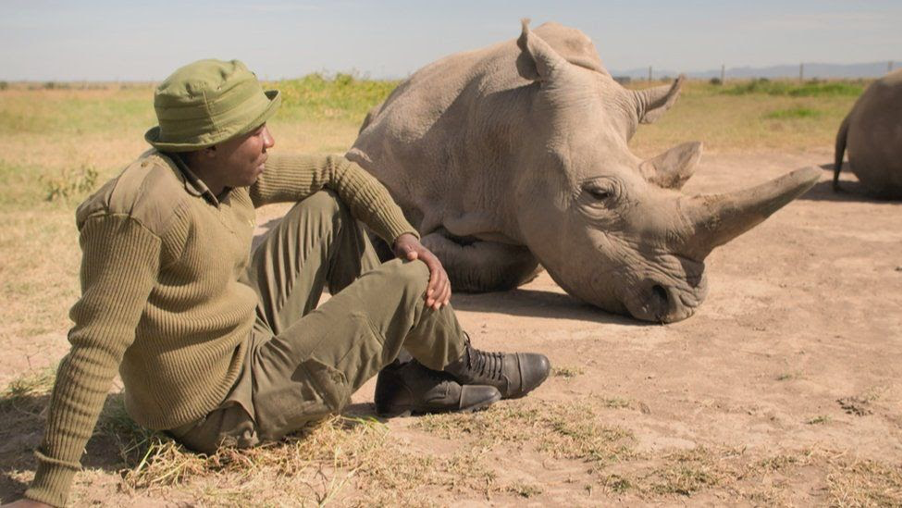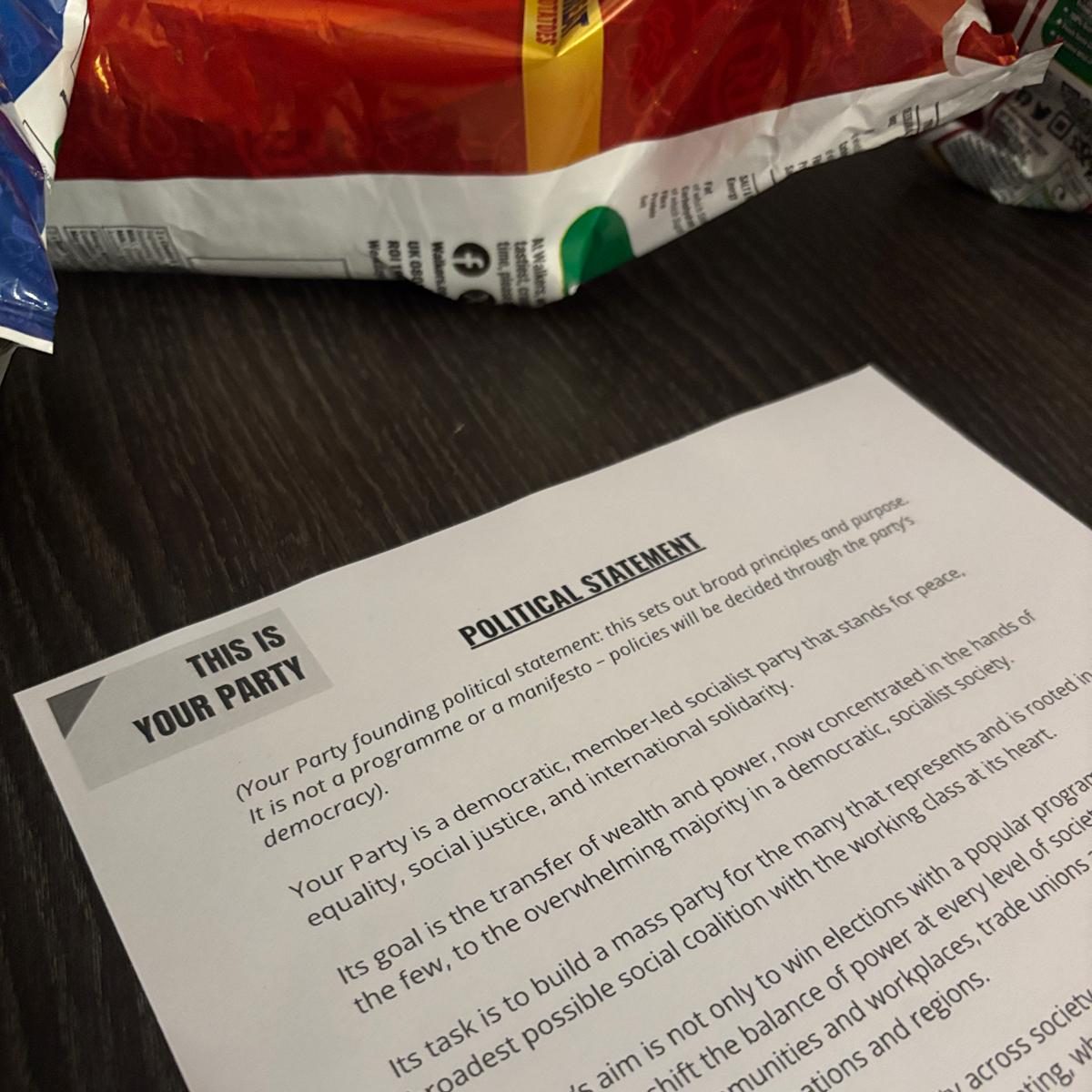Just when we thought David Attenborough’s documentaries couldn’t become any more harrowing, BBC One has released his latest documentary – Extinction: The Facts – exploring our unhealthy relationship with the natural world and the disturbing links to emerging pandemic diseases such as COVID-19. With huge economic and political changes underway, we can’t be entirely faulted if we have almost forgotten the catastrophic and devastating ways we are permanently damaging the natural world. Gone are the days of Attenborough’s beautiful, joyous illustrations of nature. With Extinction, he forces us to confront difficult questions much larger than Brexit or the global pandemic. The beautifully shot scenes of untouched wilderness from his earlier Planet Earth series have been replaced with koalas escaping forest fires, corpses of Scottish killer whales tangled in fishing nets, orangutans with no homes as a result of deforestation, and footage of the last two female northern white rhinos on the planet.
This documentary is a lesson in the fragility of the planet. This is not the first time we are being made aware of the destructive influence humans have on the planet, which is why Attenborough adds such urgency to mitigate the consequences. This includes emotional footage of the most trafficked animal in the world targeted due to deceptive claims of its scales’ medicinal properties – a pangolin. Endearing shots of anteaters are followed by footage of their changing migration patterns as a result of urbanisation in Brazil, resulting in many dying in road accidents. Scientists have found that roadkill has decreased the population growth rate of anteaters by half. Our unprecedented impact on the planet is not only putting the ecosystems that we rely on at risk but that our destructive relationship with nature is putting us at greater risk of pandemic diseases.
Extinction: The Facts has made clear that emerging viruses including SARS, Ebola, and now Covid-19 have transpired through still-abundant wet markets caused by the devastating intrusion of humans into natural habitats to produce palm oil, rear cattle, or grow soya beans. Chair of the Intergovernmental Platform on Biodiversity and Ecosystem Services, Sir Robert Watson declared that: “Many scientists, like myself, have been saying for the past 25-30 years, that biodiversity is being lost due to human action. In 2010, governments came up with 20 targets to protect biodiversity, while we are making some progress, we probably will not meet any of the targets.” Time and time again, we have highlighted the climate crisis as a pressing issue and yet the documentary points out that despite several international agreements, we still appear incapable of changing our unhealthy relationship with nature. Watson also pointed out that in 2019 at a US congressional testimony, two Republican witnesses argued that the loss of biodiversity was nowhere near as serious as what the Intergovernmental Platform on Biodiversity pointed out in the report. They responded saying “with the manufactured climate crisis, scientists are using the spectre of mass extinction to scare the public into compliance.”
Despite all of these emotive and hard-hitting scenes, Extinction: The Facts offers a faint glimmer of hope in showing how conservationists in Rwanda have managed to grow the mountain gorilla population from 70 to 1000 in 40 years. In Attenborough’s final commentary he reflects on his work: “I do truly believe that, together, we can make a better future. I might not be here to see it, but if we make the right decisions at this critical moment, we can safeguard our planet’s ecosystem”.
While there is something depressing about needing to persuade people to pay attention to extinction, Extinction: The Facts forces us all to realise that it is not an imaginary tale told by conservationists, but rather is essential television that we need to actively start responding to.
If you missed Extinction: The Facts, it is available on BBC iPlayer.




